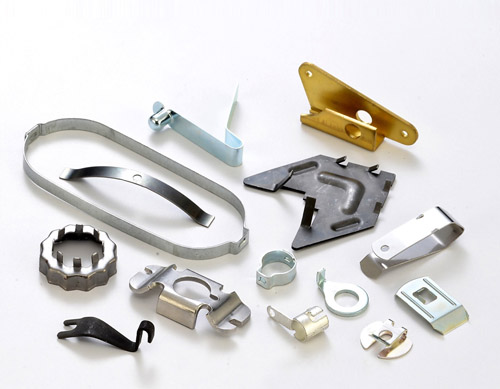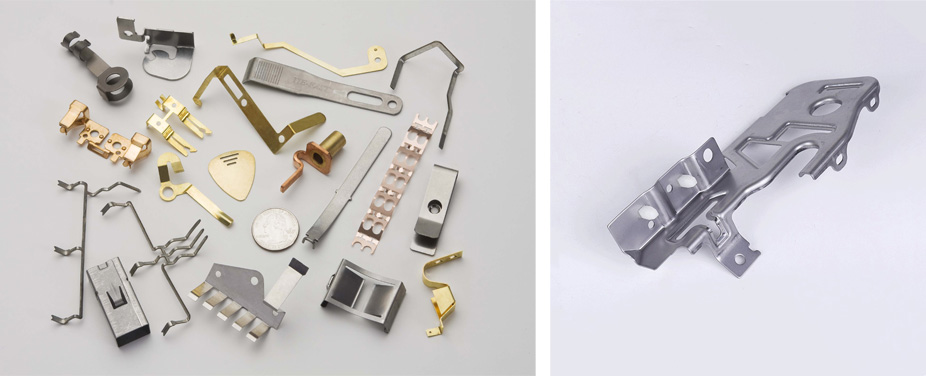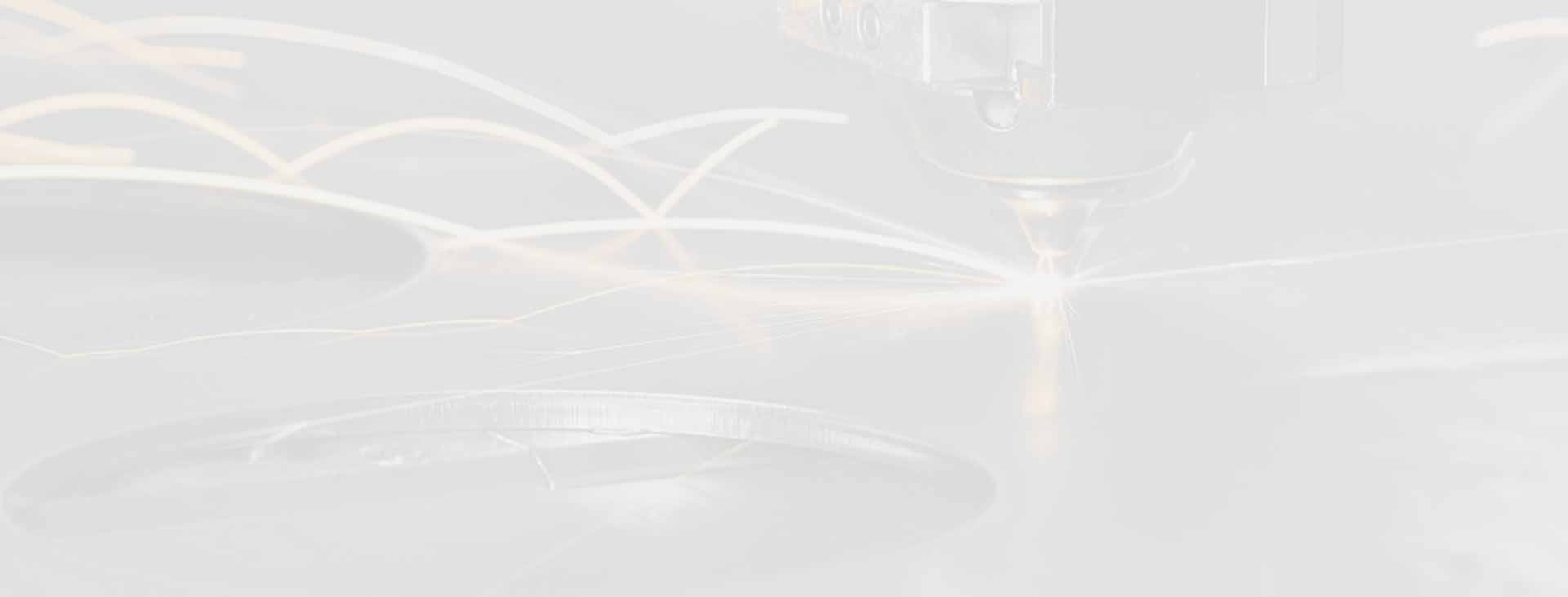At Yixing Technology, we specialize in custom metal stamping, offering high-precision stamping galvanized steel and silicon steel stamping solutions for various industries. Using advanced high-speed stamping presses and precision-engineered dies, we ensure that each stamped part meets exact specifications with superior durability. Our expertise covers a wide range of materials, including hot-rolled and cold-rolled steel, ensuring optimal performance for automotive, electrical, and industrial applications. With strict quality control, in-house die manufacturing, and efficient production capabilities, we deliver cost-effective, high-accuracy metal stamping solutions tailored to your needs. Whether you require corrosion-resistant galvanized steel components or energy-efficient silicon steel laminations, Yixing Technology is your trusted partner in high-performance metal stamping.

Progressive Die Stamping – High-Speed Precision for Large-Scale Production
Our Progressive Die Stamping Services are designed for high-volume, high-efficiency manufacturing. By feeding metal strips through multiple precision dies, we can create complex parts in a single continuous operation, reducing material waste and minimizing production time. This method is ideal for automotive, electronics, and industrial applications, ensuring exceptional consistency and cost savings for large-scale production.
Compound Die Stamping – Cost-Effective for Medium Batch Production
For medium-volume production, our Compound Die Stamping Services offer superior efficiency by combining multiple cutting, stamping, and bending processes in a single stroke. This method is perfect for simple yet highly repeatable components, delivering faster turnaround times and reduced tooling costs. While best suited for parts with straightforward geometries, we optimize the process to achieve maximum precision and durability.
Transfer Die Stamping – Ideal for Complex, Deep-Drawn Parts
For intricate components with features like ribs, threads, and deep-drawn structures, our Transfer Die Stamping Services provide exceptional flexibility and accuracy. Unlike progressive die stamping, this method treats each part as a separate unit, allowing for more complex forming operations. It is particularly effective for large, three-dimensional parts, sleeve applications, and deep-drawn components, making it an economical and reliable choice for small to large production runs.
Fourslide Stamping – Maximum Precision for Complex Geometries
Our Fourslide Stamping Services utilize four horizontally moving sliders that deliver precise, multi-directional forming, ensuring tight tolerances and intricate designs. This technique is widely used in automotive, aerospace, and electronic manufacturing, where complex geometries and high precision are critical. With automated production and superior repeatability, we guarantee flawless, high-quality parts every time.

Premier Metal Stamping Experts: Yixing Technology is one of leading stamping press manufacturers of custom metal stamping parts. We are experts in high-speed precision metal stamping, deep drawing stamping, progressive die stamping, single punch die stamping and compound die stamping.

Advanced Fabrication Equipment: Yixing Technology provides professional sheet metal fabrication services. We have stamping machines rated from 25 tons to 630 tons, hydraulic press rated from 100 tons to 1000tons. Also Shearing machine, CNC bending machine, 3D laser cutting machine, Industrial robot welding machine, Gas shielded welding machine, Argon arc welding machine. With the full range of machines, we can help customers to realize their sheet metal projects successfully.

Experienced Team and Superior Services: With various surface treatment service and value-added assembly services, we will exceed your expectations and help you secure a competitive advantage. Our team has over 20 years of experience in metal stamping and provides services to customers in various industries.
Metal stamping Services from Yixing Technology use various metals and alloys to produce high-performance custom stamping parts with extraordinary precision and repeatability. When selecting metal materials for stamping parts, it is important to consider their compatibility with the metal stamping process and your application.
Factors such as tensile strength, hardness, ductility, and machinability significantly impact a metal’s ability to form accurately without fracturing or losing strength. Yixing Technology offers professional expertise to meet your specific requirements.
Below is the short summary of the stamping material you can choose from:
| Material | Grade |
| Carbon steel | S235, S345, SPCC, SPEC, CRS, HRS, DC01, SAPH440 etc |
| Aluminum alloys | AL5052, AL5754,AL6061, AL6063, AL1060 etc |
| Stainless steel | SS201,SS304,SS316, etc |
| Copper | C10100,C11000,C12200,GB/T1, T2,T3 etc |
| Brass | C27200,C36000,C37700,H63, HPb63-3, HPb59-1 etc |
| Cold or hot dip galvanized sheet | SGCC, SECC etc |
| ZINCALUME steel | DC01+AZ150 |
| Titanium/Tin/Spring steel/Manganese steel etc | / |


Below are some short difference comparisons:
1. Accuracy
The accuracy of deep drawn parts is measured by the thickness of the material and the radius of the inner corner. Deep drawing usually produces parts with higher precision than stamping. Only by using single point drawing can high dimensional accuracy be achieved. The surface finish of stamped parts is always rougher and has lower dimensional accuracy than that of drawn parts.
2. Surface treatment
Deep drawn parts typically have a smoother surface finish than stamped parts, as there is only one deformation process during positional manufacturing. Stamping requires two processes (forming and indentation) to produce parts, resulting in a more complex and rougher sheet metal surface treatment finish. Embossing techniques can be added to enhance the appearance of formed metal panels. However, it has not improved its structural characteristics as it only increases material thickness without changing shape or size. The embossing process does not provide structural support for the parts.
3. Material thickness
On average, due to the metal flow during the forming process, the cross-section of deep drawn parts is thinner than that of stamped parts. The material is redistributed throughout the entire process, eliminating material accumulation on the mold wall and achieving uniform distribution. This redistribution also enhances the flow of metal particles throughout the entire part, thereby enhancing mechanical performance. When designing consistent strength, deep drawing can provide better results as it can redistribute materials. Although stamping can also produce parts with uniform thickness, its reliability is not high and it is difficult to achieve uniform thickness.
4. Appearance
One of the drawbacks of deep drawing is that it can sometimes cause surface deformation, such as wrinkles, stretching, and tearing. Although these deformations are not always visible, they may lead to less satisfactory appearances. Stamping can produce a smooth surface without deformation. From a purely aesthetic perspective, this makes stamped parts more popular.
Dimensional accuracy: Thicker materials require greater force to be cut or pressed into shape, so they are prone to deformation and errors during processing.
Surface quality: Thinner materials are generally easier to obtain smooth surfaces because they can be cut and formed more easily.
Processing difficulty: Thicker materials require longer stamping time and greater pressure to be processed and formed. In addition, thicker materials are also more prone to defects such as burrs and cracks, which require a higher level of technology and more complex processing technology to solve.
Possible defects: During the stamping process, overly thick materials may cause problems such as breakage, wrinkles, and tears, which not only affect the appearance of the product, but may also affect the product's performance.
From the perspective of manufacturing technology, sheet metal stamping is simpler than cast iron production process, and the required equipment and labor costs are relatively low, so the production cost of sheet metal is relatively low.
The production process of cast iron is relatively complex, requiring high-temperature resistant equipment and complex production processes, resulting in relatively high production costs.
Metal stamping is only for sheet metal. It is a cold-press method. Its characteristics are thin thickness, high strength, and diverse shapes, widely used in fields such as machinery, electronics, communication, and construction.
Cast iron is a casting material made by pouring molten iron or melted scrap iron and other iron alloys into a mold for cooling. Its characteristics include good stability, high compressive strength, wear resistance, and strong corrosion resistance. Widely used in automobiles, machinery, construction, pipelines, and other fields.
Sheet metal stamping and cast iron are different in terms of materials, manufacturing processes, and applicability. From the perspective of production cost, the production cost of sheet metal is relatively low, while the production cost of cast iron is relatively high. Therefore, in different situations, the prices of sheet metal and cast iron also differ significantly.
Overall, the pricing of sheet metal and cast iron should be considered based on different situations, and it cannot be simply said which is more expensive. In terms of material selection and manufacturing, a choice should be made between the two based on specific circumstances to achieve optimal cost-effectiveness.